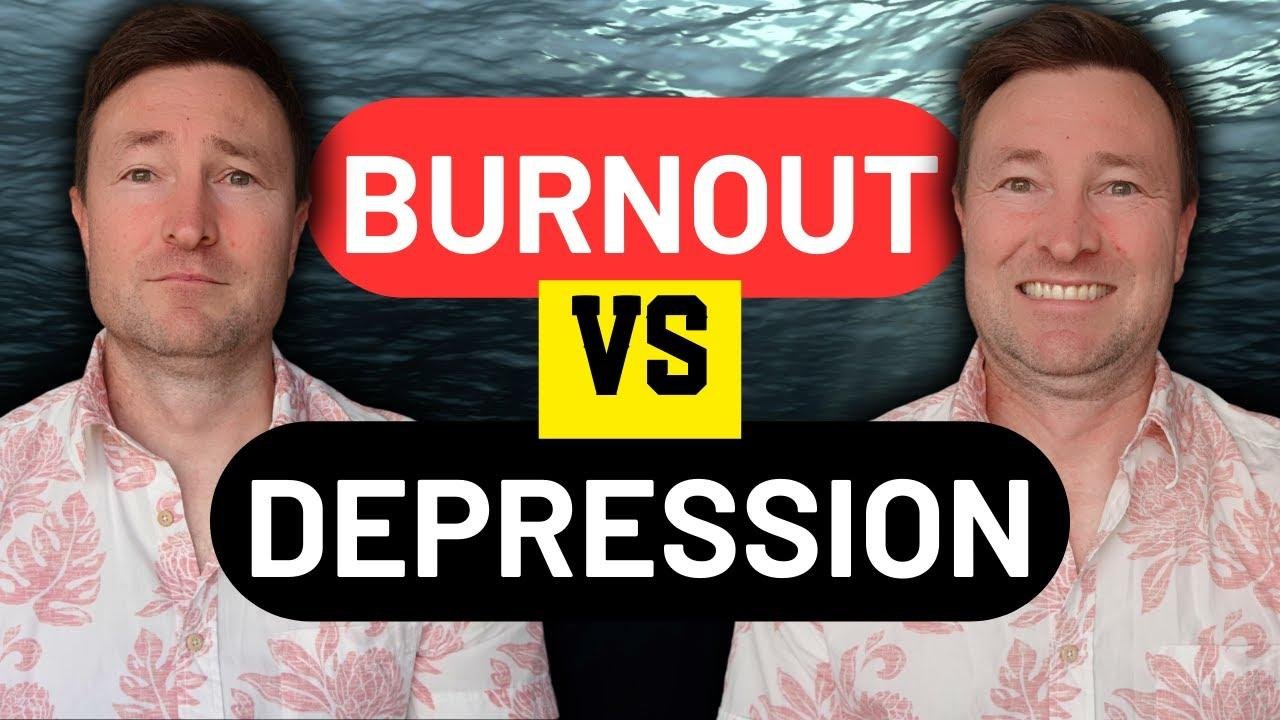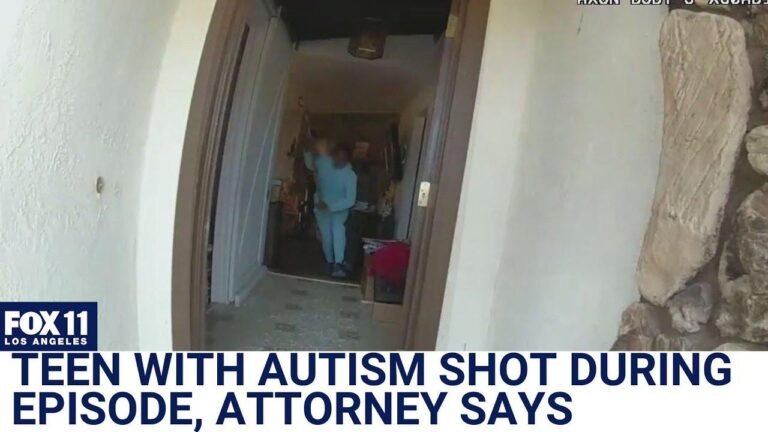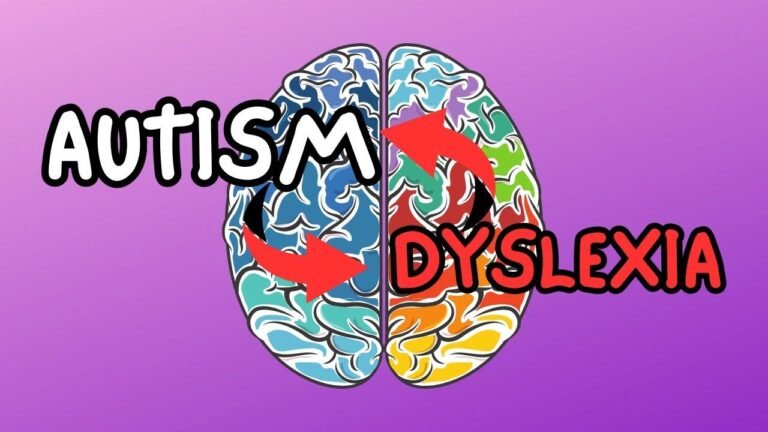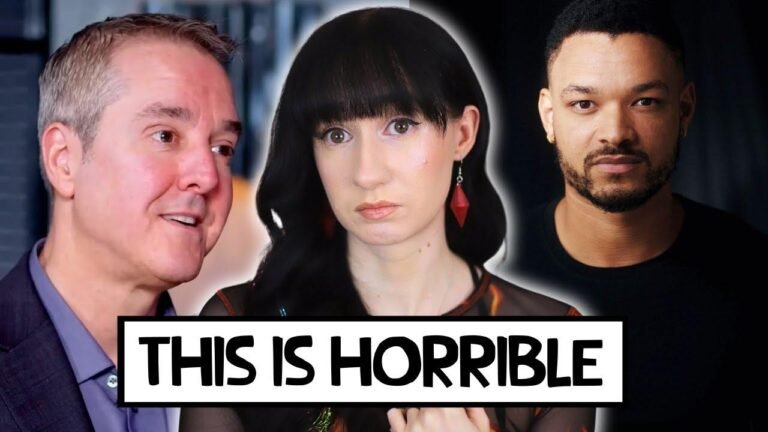Autistisk utbrändhet och depression: Förstå de viktigaste skillnaderna. Utforska skillnaderna mellan autistisk utbrändhet och depression. klargöra de unika egenskaperna hos autistisk utbrändhet jämfört med depression.
Autistic burnout is a unique state of physical, emotional, and mental exhaustion. It’s triggered by the overwhelming demands and stresses of navigating the neurotypical world, often leading to a breakdown. While it may seem like depression, it’s fundamentally different. Autistic burnout is driven by environmental triggers and sensory sensitivities, affecting communication and even manifesting as gut aches. Support, understanding, and self-awareness play crucial roles in navigating through it. On the flip side, clinical depression stems from broader distress and often leads to social withdrawal, with different responses to support. Understanding the key differences will help recognize and address the unique challenges of each. 🧠💭 #UnpackingBurnoutDifference
🧩 Autistic vs. Clinical Depression
Autistic burnout is a state of physical, emotional, and mental exhaustion experienced by autistic people due to the stresses and demands of navigating the neurotypical world. On the other hand, clinical depression is a recognized condition that affects how an individual thinks and navigates life.
🔑 Key Takeaways
| Autistic Burnout | Clinical Depression |
|---|---|
| A reaction to stressors | A recognized medical condition |
| Triggered by various stress factors | Impacted by trauma, biochemical imbalances, and environmental factors |
| Duration varies but lasts typically for weeks | Often a long-term condition or struggle |
| Different sensitivities and troubles with executive function skills | Negative thought patterns, guilt, and social disengagement |
🗝️ My Personal Story
An example from my life illustrates these differences. During a past period of burnout, I experienced overwhelming stress and exhaustion after organizing a birthday party for my autistic son. At first, I thought I was feeling sad or depressed, but I realized that the exhaustion was related to burnout, not depression. This realization helped me understand the key differences between the two conditions.
❓FAQ
- How can I identify the signs of burnout or depression in myself or loved ones?
In a state of burnout, individuals may experience a loss of energy, emotional meltdowns, and increased sensitivity. The key lies in understanding the triggers and duration of these symptoms, which can help distinguish between burnout and clinical depression.
🔍 Trigger Factors & Duration
Autistic burnout can be triggered by various stressors unique to an individual’s life, resulting in a range of physical and emotional symptoms. Its duration can vary, with some experiencing prolonged burnout depending on late diagnosis. In contrast, clinical depression may be triggered by trauma or biochemical imbalances and can persist over a more extended period.
🌀 Response to the Environment
Autistic individuals often experience a response to environmental triggers and have different sensitivities that contribute to their burnout. Clinical depression, on the other hand, can lead to broader disengagement and negative thought patterns that impact an individual’s life.
💡 Key Insight
- It’s crucial to be attuned to the unique responses and challenges faced by individuals experiencing burnout vs. clinical depression.
👥 Communication & Activities
The impact on communication and daily activities also differs significantly between autistic burnout and clinical depression. Despite experiencing difficulties in verbal expression, burnt-out individuals may still find joy in certain activities. In contrast, those with clinical depression often struggle with motivation, concentration, and enjoying positive experiences.
💪 Conclusion
In conclusion, understanding the key differences between autistic burnout and clinical depression is essential for providing the right support and validation to individuals experiencing these challenges. By recognizing the unique responses and sensitivities associated with each condition, we can create more inclusive and supportive environments for all. If you’d like to explore more in-depth strategies to overcome burnout, be sure to check out my video on Autistic Burnout: The Secrets to Thrive Again.







